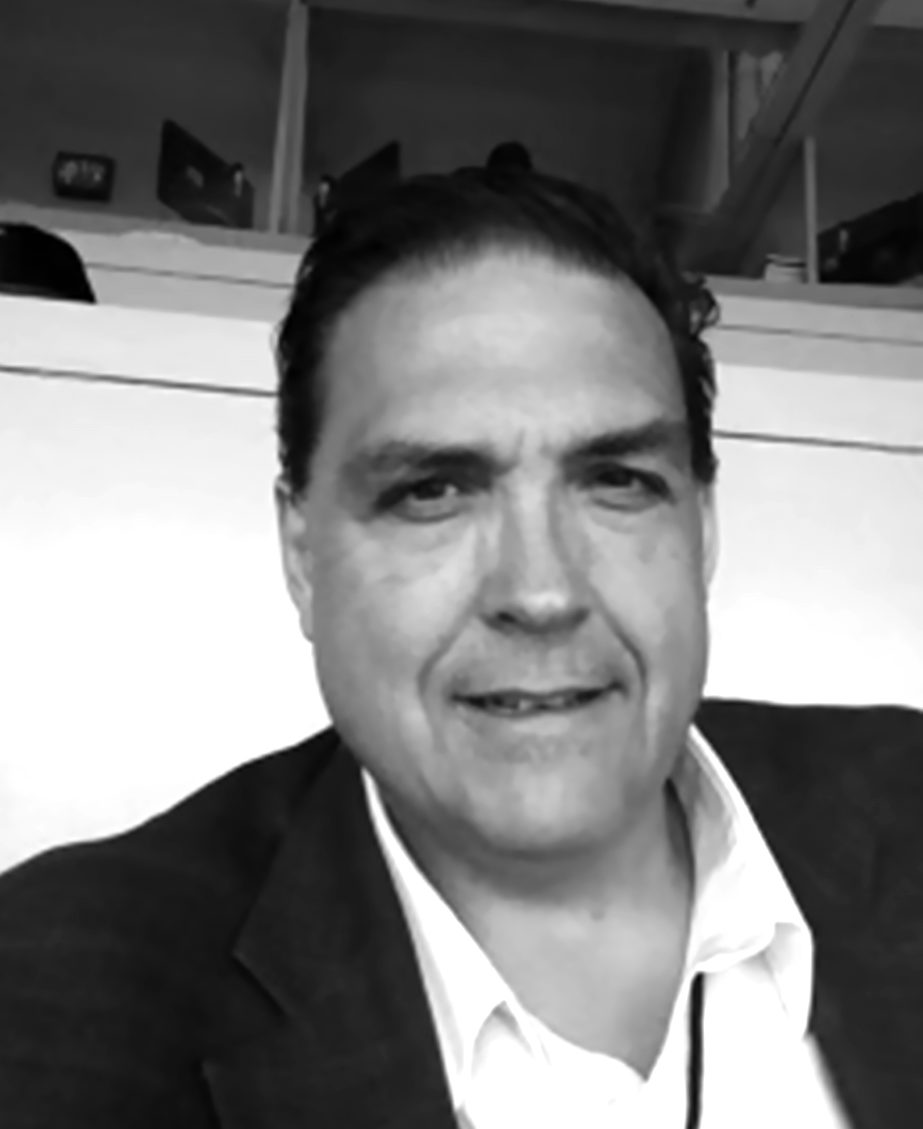Up front, five quick things about Nolan Arenado and Coors Field and what it means for his baseball life as a Cardinal:
1– Arenado was a fearsome presence in the batter’s box at Coors, slugging .609 with a .985 OPS in eight seasons. In park-adjusted runs created (wRC+), he performed 28 percent above league average offensively at home.
2–Arenado wasn’t as impactful away from Coors, but there’s nothing wrong with a .471 slug, .793 OPS. As a road hitter he was eight percent above average offensively in park-adjusted runs created as a road. This is good.
3–Arenado won’t be as mighty away from Coors Field. But that isn’t the problem. As long as he’s healthy and doesn’t spiral into premature, age-related decline, he’ll be a really good hitter for the Cardinals. And injuries and age-decline factors apply to every player, in every MLB stadium.
4-The biggest potential issue for Arenado isn’t about leaving Coors. It’s about moving into Busch Stadium, which suppresses power. It isn’t a hospitable place for flyball hitters … and Arenado is a flyball hitter. More on that later, in Part Two which I’m in the process of completing.
5. Please join me in this vow: no whining if Arenado slugs .450 or .460 or .470 instead of reaching his out-of-reach Coors standard (.609). It would be absolutely silly to expect him to put up Coors numbers when playing half of his games in a pro-pitcher ballpark in STL.
In his five seasons as a Rockie at the start of his career (2004-2008) Matt Holliday had sensational numbers at Coors Field. But when we use OPS+ to adjust the stats based on ballpark factors, Holliday was actually a better hitter as a Cardinal. Holly’s OPS+ in his first five seasons (131) was less than his OPS+ (136) as a Cardinal. No, Holliday wasn’t the baseball-card stat Coors version of himself, but he did a swell job of giving the Cardinals high-level offense for seven-plus seasons.
And getting away from Coors as his home base helped Holliday become a more effective hitter on the road. As a Rockie, Holliday was eight percent above league average offensively on the road, based on park-adjusted runs created. As a Cardinal, Holliday was 33 percent above league average on the road.
Why? Because good hitters who adjust their hitting approach after leaving Coors as a home base will cultivate success after recognizing the need to modify. In Holliday’s case, he realized he wouldn’t see as many fastballs in non-Coors games. Pitchers are reluctant to use their breaking balls at Coors, because the high altitude flattens the pitches. But guys who work at Coors Field will see plenty of breaking pitches when they venture into more normal ballparks.
“Coors is a great place to hit in,’’ Holliday told me on my KFNS radio show Monday. “But are there other great places to hit around the league. Absolutely. When everybody talks about the Coors Field Effect, are we not talking about some of these other ballparks that no one seems to consider like Philadelphia or Baltimore or Arizona or Milwaukee or some of these other tremendous hitting parks.
“Nolan Arenado can hit. Are there adjustments to be made with, with some of the breaking ball stuff and some of the spin on breaking balls at altitude, I think that those things are true, but you’re talking about some of the greatest athletes in the world and making adjustments.
“And I think he’ll have no problem doing that and then I think that people need to understand also that that Busch Stadium is, I think, a pitcher’s park. So are the numbers going to take a bit of a dip. I mean, probably so but I still think you’re looking at an extremely productive offensive player.”
Holliday elaborated on the breaking-ball angle.
“At Coors Field (pitchers) shy away from their curveballs, they shy away from throwing too many breaking balls because they think it backs up. And so they tend to pitch more with their fastball and they try to throw more changeups and try to spin the ball fast.
“And then you go on the road, and all of a sudden, you know you’re seeing a lot more curveballs and sliders and, and the spin and the break is different so it is a bit of a two-approach system where guys make the change of what they’re trying to do.
“So there’s an adjustment period there and then you go on the road and all of a sudden, you know they’re pitching you differently based on, on a little bit of the park situation so there’s a lot of things that go into it.”
Arenado should feel physically fresher with Busch as a home ballpark. Denver is 5,280 feet above sea level. The St. Louis elevation is only 466 feet.
“The (high) altitude and the recovery, guys will say the aches are a little bit better at sea level,” Holliday said. “Your body feels better in general on a day to day basis than it does playing at altitude. I think he’ll find that that feels a little better when he’s when he’s playing at sea level on a day to day basis.”
I admit it’s taken me a while to understand the Coors Effect. The key to understanding is knowing that hitters can adapt depending on how a particular ballpark plays. Smart current or former Rockies are adept at knowing the differences and make the necessary mental and physical changes.
Prominent examples are Holliday, D.J. LaMahieu, Andres Galarraga, Troy Tulowitzki, Larry Walker, Todd Helton, Chris Ianetta and Charlie Blackmon. In his last five seasons Blackmon has a .467 slug and .802 OPS on the road and is 10 percent above league average in park-adjusted runs created.
Here’s a secret. (Not really.) But generally speaking, major-league hitters aren’t as dangerous on the road compared to their work at home. And in that context, Arenado does just fine.
Arenado was a weak road hitter in his first two seasons with the Rockies but figured things out. Between 2015 and 2019, among the 20 MLB hitters with at least 1,600 road plate appearances, Arenado ranked second in Isolated Power (.237) sixth in slugging (.509) and eighth in OPS (.838.) I didn’t include 2020 for two reasons: the short schedule that messed with many hitters, and Arenado’s trouble with inflammation in his left shoulder.
This is a whisker of a sample, but NA had a grand time hitting at Busch when the Rox came to town: 98 plate appearances, .511 slug, 13 extra-base hits and an .848 OPS.
That’s all for now.
In Part Two, which should be online relatively soon, I’ll talk about flyballs and the challenge that Arenado faces at Busch Stadium. I’ll be finishing that up in a little while, so check back later.
Thanks for reading…
–Bernie
Listen to Bernie’s sports-talk radio show on 590-AM The Fan, KFNS. It airs Monday through Thursday 3-6 p.m. and on Friday from 4-6 p.m. Listen online or access the Bernie Show at 590thefan.com

For the last 36 years Bernie Miklasz has entertained, enlightened, and connected with generations of St. Louis sports fans.
While best known for his voice as the lead sports columnist at the Post-Dispatch for 26 years, Bernie has also written for The Athletic, Dallas Morning News and Baltimore News American. A 2023 inductee into the Missouri Sports Hall of Fame, Bernie has hosted radio shows in St. Louis, Dallas, Baltimore and Washington D.C.
Bernie, his wife Kirsten and their cats reside in the Skinker-DeBaliviere neighborhood of St. Louis.



